Art Lesson | 10 Towns that Changed America Curriculum
Art Lesson
Design a model town
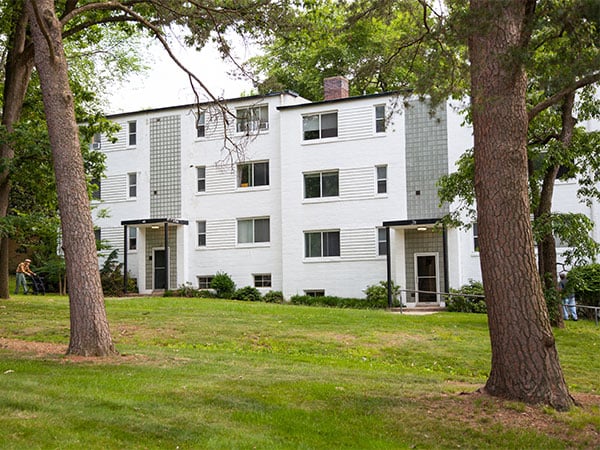
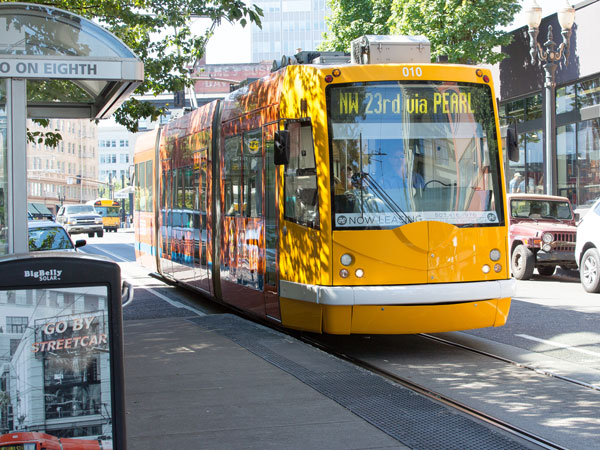
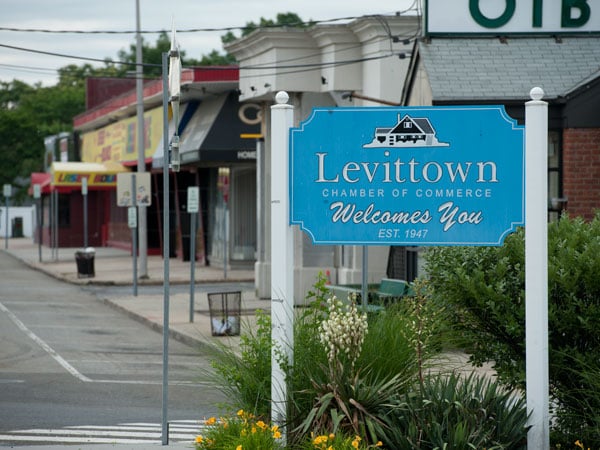
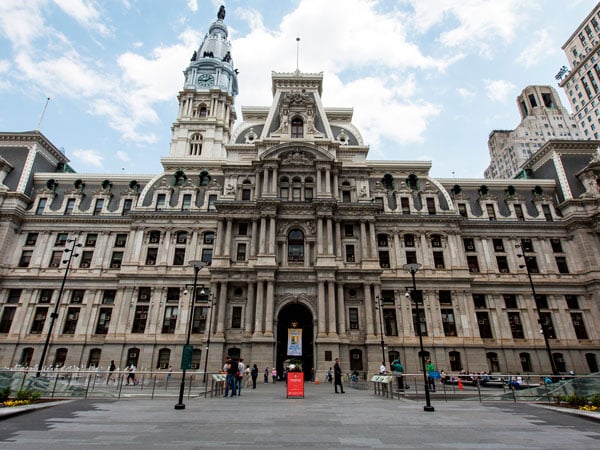
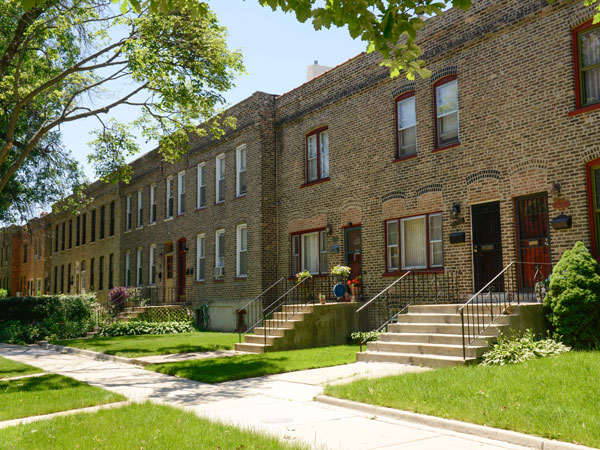
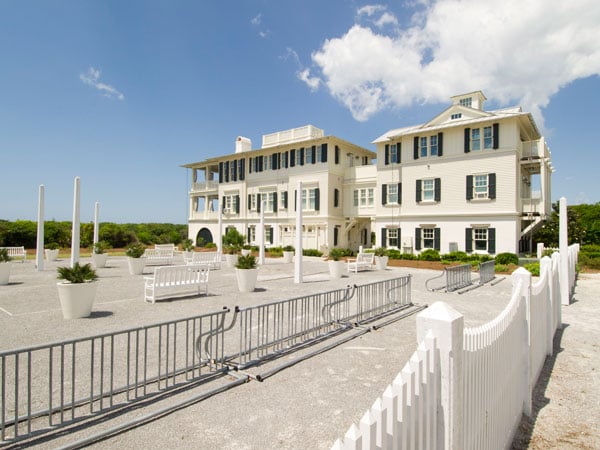
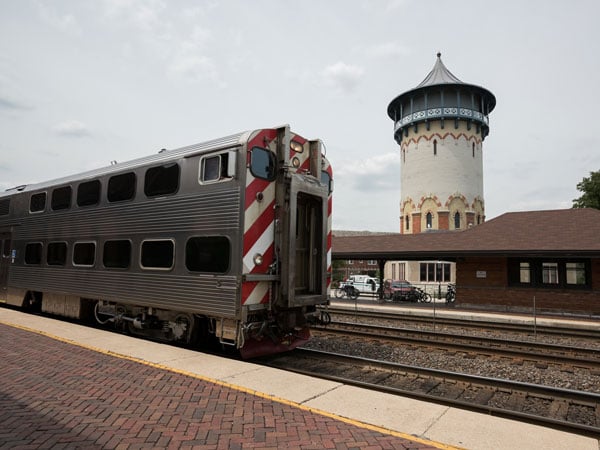
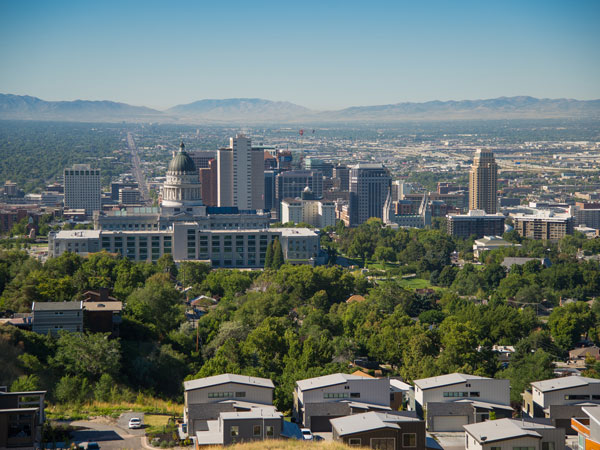

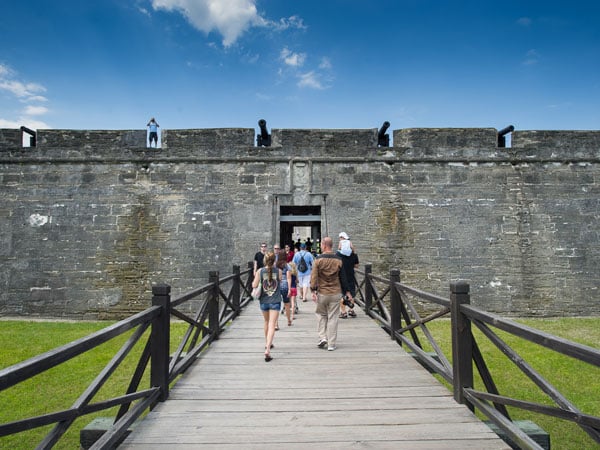
Overview
In this lesson, students will design their own model town.
Grades: 6 – 12
Time: 3 - 4 periods
Standards
This lesson addresses selected standards from the McRel Visual Arts Standards.
McRel Visual Arts
- Level III (Grades 5 – 8)
Standard 2.2: Understands what makes various organizational structures effective (or ineffective) in the communication of ideas. - Level IV (Grades 9 – 12)
Standard 2.3: Knows how organizational principles and functions can be used to solve specific visual arts problems.
Preparation
To prepare to teach this lesson, teachers should:
- Watch any or all segments from the PBS special, 10 Towns that Changed America, on DVD or online.
- Review the lesson plan.
- Download and print out copies of the planning worksheet, the design worksheet, and the scale rulers. You may print the scale rulers on cardstock and then either cut them out yourself or have your students cut them out.
Lesson
Materials:
- Copies of planning and design worksheets
- Pencils
- Colored pencils
- Large-scale graph paper
- Rulers or scale-rulers
- Scissors
Period 1
- Show either a segment of your choice or the entire episode 10 Towns that Changed America to the class. If you show the entire episode, that will last one period. If you are only showing one or two segments, move on to the instructions for Period 2.
Period 2
- Discuss what the students have watched. Which town did they learn about? What are the reasons these towns were first designed and built? If you’ve watched the entire episode, have students generate a list of why different towns were designed and built. If you’ve only watched one segment, discuss why that particular town was built. Ask students to reflect on their own town or city. Does it conform to a suburban model with curvilinear streets? Or is it organized along an urban grid?
- Tell students that they are going to work in teams to design a town of their own. As a class, they are going to come up with some parameters that all of the designs will share. On the board, generate and agree to the following:
- The size of the population
- The location, i.e., will the town be adjacent to a river, or between two rivers, or will it be landlocked?
- What will be the topography of this town? Is it flat? Is it hilly? Is it located atop a high plateau?
- Are there other geographic features to consider, such as mountains or a valley, proximity to an ocean or lake, etc.?
- Keep this information and display it, so that all the students may refer back to the agreed-upon guidelines.
- Divide students into groups of four. Each group will design a town of their own. Distribute planning worksheets and design worksheets and have students work through them.
Periods 3 and 4
- Students work together to draw their proposed town. They are making a map/plan of the town. Elevations of the architecture are not necessary at this point. They should sketch their ideas at the same time they are answering questions on the planning worksheet, thus formulating their ideas.
- When students are done, they should share their plan, describing the name, the concept/philosophy behind it, the layout, and any special features.
Additional Resources
Books
- Landry, Charles. The Art of City Making
- Mumford, Lewis. The City in History: Its Origins, Its Transformations, and Its Prospects
- Reps, John. The Making of Urban America: A History of City Planning in the United States
Online Sources
- American Planning Association
www.planning.org - Urban Planning 1794-1918: An International Anthology of Articles, Conference Papers, and Reports
www.urbanplanning.library.cornell.edu/DOCS/homepage.htm - MISC Magazine
http://www.miscmagazine.com/the-evolving-art-of-urban-planning-2/
For Further Study
This Art lesson can be extended to other subjects or paired with other 10 Towns that Changed America lessons to create the following interdisciplinary connections:
- English Language Arts: Write a short story that takes place in the town that the students designed. Have the town play a role in the storyline.
- Mathematics: How did students arrive at the size of their basic block unit? Is there one? What about parks? Students should analyze their own town plan to see if there is a relationship between the size of blocks, open space, and widths of streets.
- Science: Students analyze the town they have designed to determine its impacts on the environment. Is it a walkable town? Or is a car necessary? Is it dense? Have any green features been incorporated into the town’s design?
- Social Studies: Create an imaginary historical society for the town that the students designed. What are some of the founding documents? What were the important dates in the town’s history and why?

